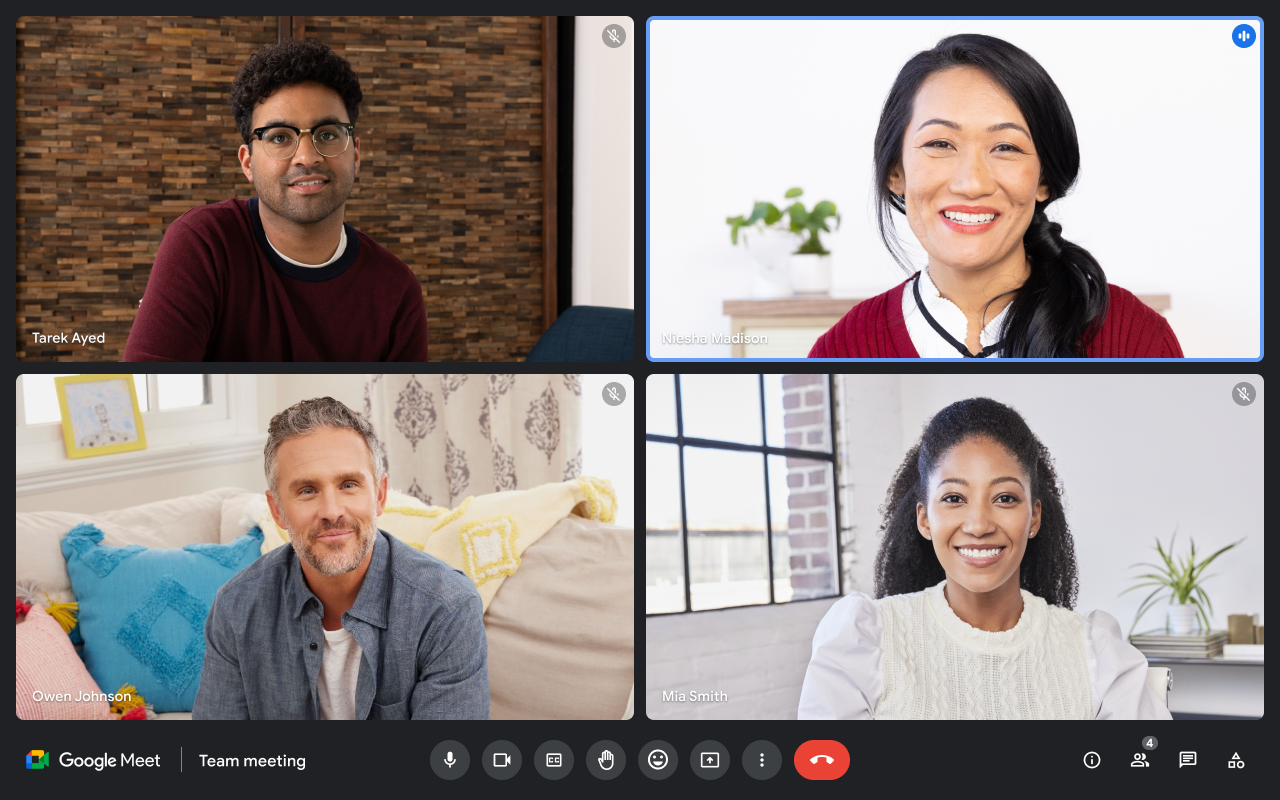You need to outline your online course to create an effective learning experience. It’s also a lot easier than you think! The key is to take this process slow and steady so that it doesn’t feel like work but rather a fun way to craft the best possible content for your learners.
Step 1: Create a framework

Start by creating a framework. This will help you define your objectives, course structure, and learning outcomes. A framework is simply a description of the overall goals of your course that includes specific tasks or activities for students to complete along the way. It also provides an outline for how each section should flow into one another in terms of content and process (e.g., “The first week covers topic A; then we’ll move onto topic B next week”).
Step 2: Choose a structure

When you’re planning an online course, there are a few things to consider:
- The structure of your course. If you want to provide a thorough introduction and walkthrough of the topic, use an outline structure with headings like Introduction and Step 1. If you want to dive right into the meat of the content, skip the formal introduction altogether—and just jump right into Step 2.
- Your audience’s needs. Are they looking for practical tips on how they can improve their lives? Are they interested in learning more about historical figures and events? Do they just want some entertainment while they wait for their flight home from vacation? The answer will determine what information is relevant enough to include in each section (which leads us back to number 1).
Step 3: Create your sequences

Sequences are the building blocks of your course. They’re ordered and represent a logical flow, so you can’t just throw anything at them.
Sequences should be consistent, easy to follow, and easy to remember. Think about how you would like people to feel upon finishing each sequence—and then make sure it’s clear in your outline!
Step 4: Write your content

Now that you’ve outlined your course, it’s time to write!
- Write in a conversational tone. You want the reader to feel like they are having a conversation with you. They should feel as though they are part of the process and not just another consumer who will read what you have written and then go away, never to be heard from again.
- Focus on your topic, not just about yourself or other people (unless those people are experts). If people aren’t interested in learning about your topic, then why should they buy into your product? This is where using bullet points comes in handy; break up long paragraphs into smaller pieces of information that can be consumed easily by readers without losing their interest—or worse yet, causing them to lose interest altogether!
Step 5: Add in your actions steps

Now that you have an outline, it’s time to add in your actions steps. These are things that will help drive your audience through their learning journey and make sure they understand what they’re meant to do next.
- Add in a call to action: You tell people how they can get started with their course or what they should do next. You could use words like “learn more,” “watch this video,” or even something as simple as “click here.” You want to give them clear information so they know exactly where they need to go next so they can start taking action on the task at hand!
- Add links: Make sure there are links all over the place! If someone lands on one page but doesn’t see another link nearby (or any at all), then maybe there’s something wrong with their internet connection—but more likely than not, there’s just not enough room for everything needed within one webpage without sacrificing quality of experience altogether!
Use this process to outline your online course.
As you are about to learn, there are many steps involved in creating an online course. The first step is to outline your online course. Once you’ve done that, it’s time to create your framework for writing the content of your courses. Finally, once you have a framework and some structure (and maybe even some initial ideas), it’s time to start writing!
You’ve now learned how to outline a course. The process is simple, but it will make the creation of your online course more organized and ultimately help you create a better learning experience for your students. You can craft a similar learning experience on Wise too, where we offer a customizable course suite that helps you scale.




